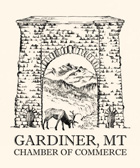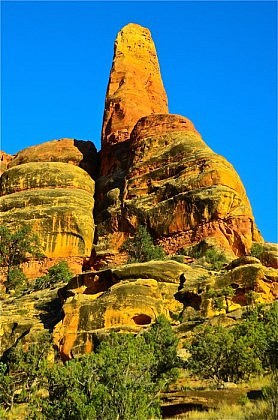To backpack in Yellowstone is to backpack in a wild landscape that has been shaped by wildfire. Most of Yellowstone is a complex mix of forest and meadow, mostly forest. And throughout most of the park, the dominant tree is lodgepole pine. There is plenty of spruce and fir and whitebark pine, and some Douglas-fir, too, with a smattering of quaking aspen. But in most of Yellowstone, lodgepole pine rules.
On rhyolite plateau soils in much of central and southern Yellowstone, lodgepole pine forest tends to perpetuate itself indefinitely, with or without wildfire. These nutrient poor soils will support some spruce and fir, but usually only in protected pockets of rich moist soils. On alluvial soils plus those which are derived from sedimentary rocks or from the andesitic soils of the Absaroka volcanics, lodgepole pine is seral to spruce and fir. In other words, given enough time without a high intensity wildfire, the shade tolerant spruces and firs will gradually replace most of the lodgepole pines.
With the next big blaze, though, in most Yellowstone forest habitats, the lodgepoles will take over, out reproducing the other conifers in the wake of wildfire. Within a year or two of the blaze, the burned exposed mineral soils will support millions upon millions of seedlings! How does this occur, you might ask? Easily, if you are a lodgepole pine. You see, lodgepole pine produces “serotinous” cones, which remain on the tree, unopened, for many years or decades, until the flaming heat of a wildfire melts the resins which otherwise hold the cone scales closed (lodgepoles also produce non-serotinous cones that open yearly, just to cover its options for when fires don’t occur). And presto: millions of seeds fall to the forest floor creating the next stage in the ever-evolving fire dependent world of the lodgepole pine forest!



